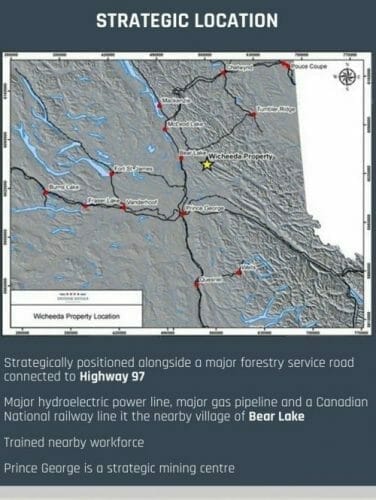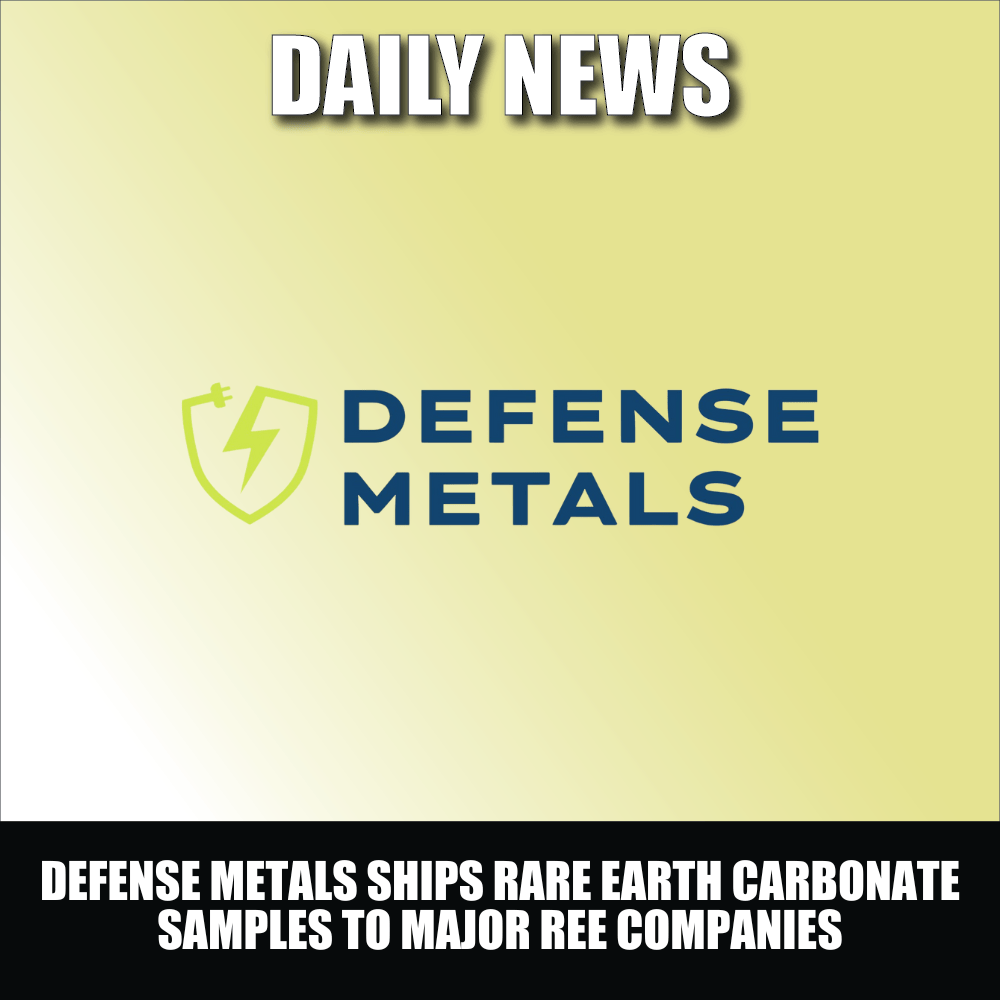Defense Metals (DEFN.V) recently enlisted the services of a B.C based diamond drill pad construction contractor to help with their steep terrain drill pad construction for their 2021 Wicheeda rare earth element deposit resource expansion and diamond drill program, according to a press release.
Here’s Reza if you’d prefer to watch instead of read:
The company anticipates pad siting and construction to start at the end of July, and in support, the company’s project management and surface geologic mapping teams are getting ready to mobilize. The needed wood has already been sourced from area mills and is expected to arrive on site.
“We have seen that the mining and mineral exploration season is again extremely busy in BC this year. Exploration contractors, and technical personal are all in high demand. The announcement that we that we will be commencing drill site preparations in the coming weeks is a key milestone that places us on the path to completing our goals of expanding and increasing the confidence in the existing Wicheeda REE Deposit mineral resource in support of potential future advanced economic studies,” said Craig Taylor, CEO of Defense Metals.
Defense Metals is a mineral exploration company focused on finding rare earth metals. Rare earth metals are commonly used in the electric power market, military, national security and the production of green-tech like high strength allows and rare earth magnets. Defense Metals has the option of picking up 100% of the 1,708 hectare rare earth element property located in the general vicinity of Prince George, BC.
Some of the milestones in 2019 included:
- Collection of 30 Tonne Bulk-Sample In late-2018, before the onset of winter, a 30 tonne bulk sample was sent to SGS Canada Inc. (SGS) in Lakefield, Ontario for metallurgical and processing test work.
- Positive Flotation Metallurgy: SGS flotation test work returned 48.7% LREO (light rare earth oxide) high grade concentrate of cerium, lanthanum, neodymium, and praseodymium oxides, at 85.7% recovery in locked cycle tests, 10.1 times upgrading ration from head grade of 4.81% LREO, low 8.2% mass yield concentrate.1
- Hydrometallurgical Studies Initiated: initial indications from SGS are that high REE extractions can be achieved through acid leaching and caustic conversion techniques. Impurity removal tests are positive.
- Successful Diamond Drilling Campaign: 13 core holes totalling 2,005 metres further delineated the main body of high-grade dolomite carbonatite and expended REE mineralization northward with deposit open to expansion. One of the highest grade REE intercepts to date within drill hole WI19-31 yielded 4.43% LREO over 83 metres; including 5.47% LREO over a drill core interval of 33 meters.2,3
- Defense Metals has exceeded its Year 1 and Year 2 exploration spend commitments within 12 months of its option of the Wicheeda REE Project demonstrating its commitment to rapid advancement of this project.
There’s a bit of a political backstory to the pursuit of rare earth metals. In 2019, China basically had the global

market cornered, and while exports fell away in 2020, the issue hasn’t exactly gone away. President Biden and the U.S. Department of Energy have targeted rare earths, stating them as domestic supply chain priorities.
In addition to the above named items REE’s show up in, we can add electric vehicle production, battery making, renewable energy systems and technology manufacturing. Since Biden and (Chinese President) Xi Jinping aren’t exactly drinking buddies, the United States needs to find a way to get their hands on these metals. Enter companies like Defense Metals and the Wicheeda project.
The Wicheeda project has indicated mineral resources of approximately 4,89 million tonnes averaging 3.02% light rare earth elements, and inferred mineral resources of 12.1 million tonnes averaging at 2.9% LREO.
The Defense Metals technical team is presently finalizing drill site locations so they can continue on their successful 2019 campaign. The 2021 Wicheeda program will comprise of a minimum of 2,000 metres and up to 5,000 metres, and will focus on expanding the zone REE mineralized dolomite-carbonatite to the north, and then turn their attention to the resources in central and northwestern areas of the deposit.
—Joseph Morton







